Meet my Team!
As we are heading up to our first Mindful Leadership Workshop in Morocco, entitled “Empowering Women to Lead”, I wanted to take this opportunity to introduce you to two fantastic and powerful women: Samira Eramdani with whom I am partnering in order to make the workshop in Morocco happen and Asma Nait Ouali, a young professional women who is acting as our project manager out of Marrakech.
Creating connections and providing for a platform for exchange, learning and personal growth truly is extremely rewarding and this workshop will certainly be only the first in a series of projects and programmes especially tailored to the needs of women to be rolled out in North Africa.
… introducing Samira:
“Being a woman in my country as in all others is not an easy job. Women have a heavy load to carry. They are asked to be perfect in conducting their career, educating their children and handling delicate family matters. How this is done is basically left to intuition.
I personally believe that women deserve to have support and training, be able to take advantage from mentoring programmes as well as to build and participate in networks. Most importantly: women should be celebrated. I thought about this programme as a way to begin this journey in order to advocate for the cause of women by providing the core principles of leadership. I have been fortunate enough to learn myself about what it takes to become a good leader, how to organise yourself and how to stay true to your purpose in life. It’s the first step. Many others will follow! “
…. and Asma:
“Having graduated with a higher diploma in networking and telecommunications a couple of years ago, I started as a young engineer in management and marketing. Now, I am working as a professional project manager while studying as a part-time student in an MBA programme. In the meantime, I am managing my family’s business, the main activity being the supply of building materials.
Over and above all that, I assume many responsibilities as the eldest daughter of the family and take good care of all my family’s affairs on a daily basis. Thanks to my humble experience, I have been able to gain some skills particularly in leadership that I would very much appreciate sharing with like-minded women peers and professionals.
I believe that there are numerous Moroccan women like me, who are willing to fill different tasks and achieve perfection in as much their professional as personal lives.
Our workshop entitled “Empowering women to lead” was implemented to mainly serve this purpose: to assist professional women in their projects by enabling them to develop multiple leadership skills that, by the same token, may help them succeed in their personal life.”
From my side, I am very much looking forward to this collaboration and to our first common project. Let me finish by saying: “You are the architect of Your Own Life!”
Click here to read a great article on women in management just published in Switzerland (in French).
Click here to find out more and follow us on Facebook:





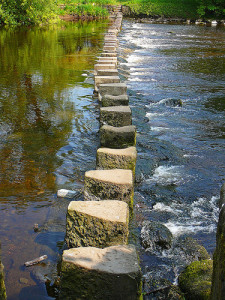
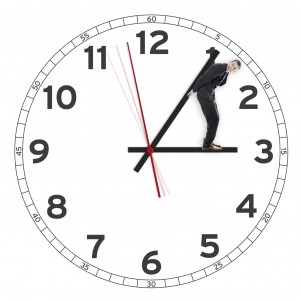

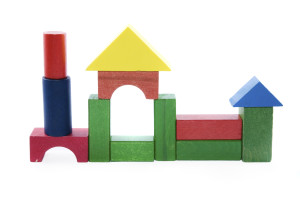
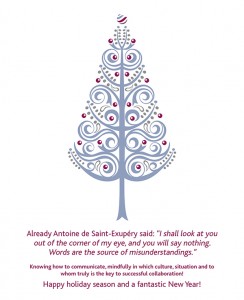

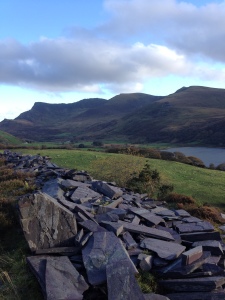
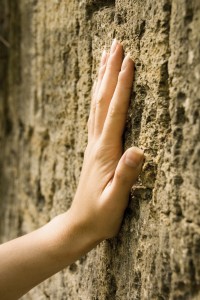
 “I walk down the street.
“I walk down the street.